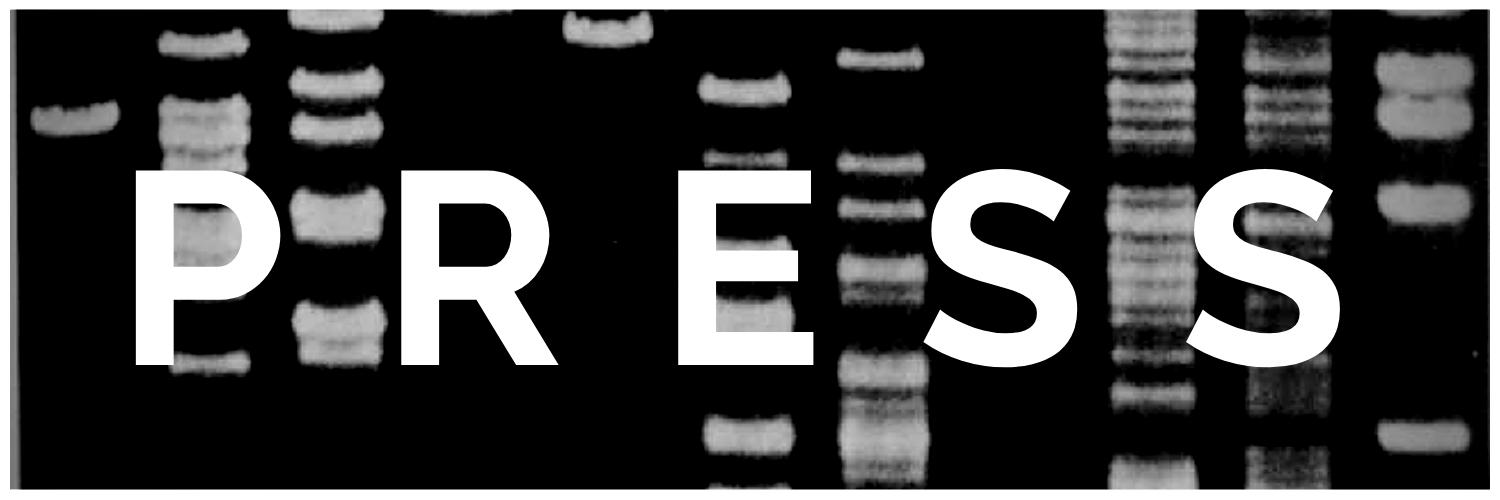The International Art Exhibition will take place from 12 to 27 August 2017, at the Saint-Frajou Art Museum, Saint-Frajou 31230, France
Le beau par sa proximité du bien autorise le jugement par rapport à la qualité, dans le discernement du "c'est bien" et "ce n'est pas bien". Une œuvre qui ne repose sur aucun fondement est hors de la possibilité d'appréciation d'une quelconque qualité. La qualité de l'œuvre est dans son approximation à ce que l'art est sensé être, c'est à dire, principalement, producteur de l'émotion esthétique. Toute œuvre d'art est riche en possibilité d'expression, de manifestations, de discours qui en appellent à nos sentiments mais, le seul jugement de qualité possible est à travers le beau, c'est à dire la structure interne de l'œuvre. C'est à partir de cette structure qu'elle se distingue du discours ordinaire.
When everything becomes moving, only the beautiful can provide man with a point of reference and guarantee him a certain balance.
Banishing the beauty of art, artists have subjected it to violence, vulgarity, ugliness, emptiness. However, for the work of art to retain its capacity to situate us in a timeless space, to abstract ourselves from ourselves and to include us in a whole, experiencing in us the very dynamics of life, beauty is difficult to dismiss. It is immutable and constant.
Man by the sensitive perceives the beautiful to which he adheres by the intelligible because, there is a coincidence between the structure of the beautiful (structure of the world), and the structure of the human brain.
Beauty is mainly perceived as a simple taste. All objective value is denied to him.
But the beautiful does not reside in the subject, the form or the color but is subjacent to the work. Because it encompasses it, that it emanates from its form as a whole and not from the prettiness of the represented.
It's an immediate seizure. In this immediacy, the vision of the ontological whole appears, the subject (spectator) and the object (work) are one. There is no room for mere taste. Our experience cannot be projected.
The beautiful is a frame with rules but which unfolds endlessly.
Art is linked to the principle of the constant which connects art and the universe. Art is both an abstract concept and a concrete reality. As an abstract concept it is immutable, as a concrete reality it unfolds endlessly.
The beautiful by the constant, by the unchanging, by the perfect structure "of a mathematical theorem", calls for "eternity".
The beautiful which most powerfully connects man to the world and to "eternity" is the beautiful in art. Since art is the expression of awareness of existence, beauty is its very foundation.
But, starting from the principle that an art object is free and unique, we easily passed to the observation that it is sufficient and it is "beautiful" only in and of itself. It thus serves as a guarantor for the free individual who delights in the mere fact of existing, unique and free from all constraints, beautiful simply because he is free. Thus one removes art from its absolute character and any object manifested by its uselessness can be considered as an art object. But it is the very sentence of the death of art.
Since the postulate that art is impossible to define (Kierkegaard) and the identification of the beautiful with simple subjective taste, art loses all its specificity and all the judgment of the quality of the work becomes impossible. The beautiful is considered obsolete and the judgment on the quality of the work is replaced by all other considerations such as, novelty, message, action, ... these attributes can be part of the work but in no way assure it its specificity. Gradually the work itself eventually disappears.
The work of art rested on the harmoniously ordered internal structure, on duration by relating to the past, on the present by adjusting to its time, and was extended into the future based on what is immutable in it. , the beautiful. Thus, the work acquires the form of the living which assigns it its specificity and which each new look reacts to infinity. In this work, the artist and the spectator meet, through which man participates and registers in the world.
The duration of the work is abolished , artistic products becoming ephemeral. By subjectivization the production is centered only on the action of the artist, the interest of the art object lies only in the significant intention of the artist's project. However, art is precisely what has no intentionality.
The spectator is reduced to participating in the game, deciphering the speech or going for a walk. The spectator remains outside the work .
Thus, in contemporary products we are witnessing the suppression of the work of art, these products not based on any foundation and not distinguished in any way from any other object. Modern iconoclasm triumphed. To be iconoclastic is to be against the world. To be against the world is to be against reason. It is to be against man.




